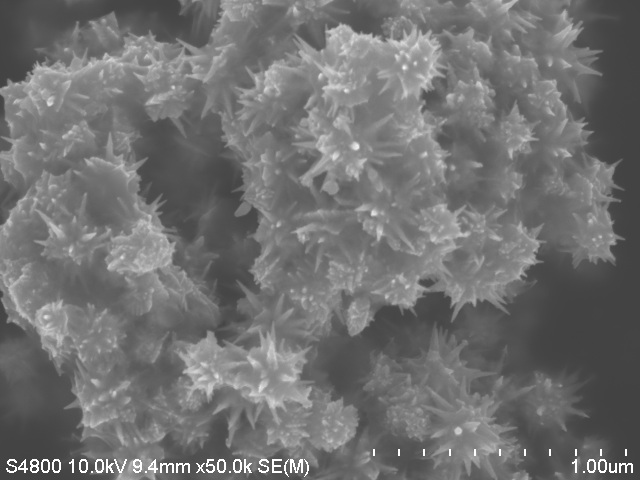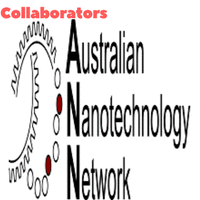
Akash Arya
Biophotonics Laboratory, Indian Institute of Technology, India
Title: High yield synthesis of surfactant USA) -free gold nanostars for biosensing, photothermal therapy and drug delivery applications
Biography
Biography: Akash Arya
Abstract
Development of drug delivery system (DDS) plays a vital role in the field of biomedicine and healthcare, where maximum therapeutic effect and minimum undesirable side effect is the key of success for ideal DDS. Various methods of DDS using nanoparticles, microspheres and hydrogels are commercially available to treat diverse diseases ranging from cancer to fungal infection and to muscular degeneration. Among nanoparticles, gold nanoparticles demonstrate special advantages in this field due to their unique properties, small size and high surface area-tovolume ratio. These particles have been widely used in various biomedical applications and drug delivery systems due to their inert nature, stability, high dispersity, non-cytotoxicity and biocompatibility.

On the other hand, Researchers have been using the gold nanoparticles for fabricating nanoplasmonic-whispering gallery mode hybrid microresonators [2,3] and surface enhanced Raman scattering (SERS) based biosensors [4] for the real-time detection of single protein molecules at their natural state. This detection would be extremely useful for predicting dangerous diseases such as cancers at very early stage. A few years back, gold nanostars are found to be efficient for biosensing, photothermal therapy and drug delivery applications. A few wet chemistry methods existing in the literature for synthesizing the nanostars in one step. However, the yield of the nanostars are found be very low (40-45%). In contrast to this, recently we have successfully synthesized the surfactant-free gold nanostars in one-step, using a novel wet chemistry method [5]. In contrast to the existing reports, these nanostructures have longer and sharper spikes in all directions. From scanning electron microscopic images, the estimated yield of the nanostars was more than 95%. Details of synthesis and characterization of star shaped gold nanostructures, and usefulness of these nanostars in biosensing, photothermal therapy and drug delivery applications would be explained in detail with the help of numerical simulations based on finite element method at Nanodelivery 2017.

